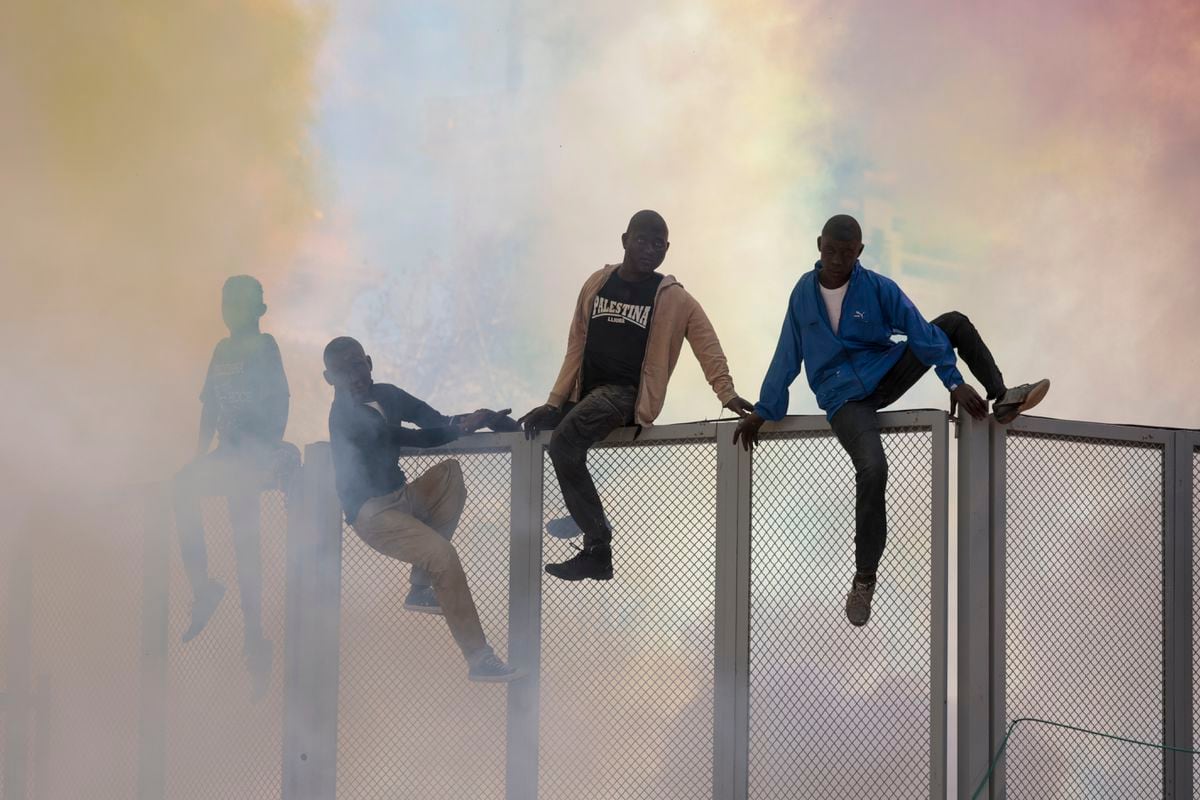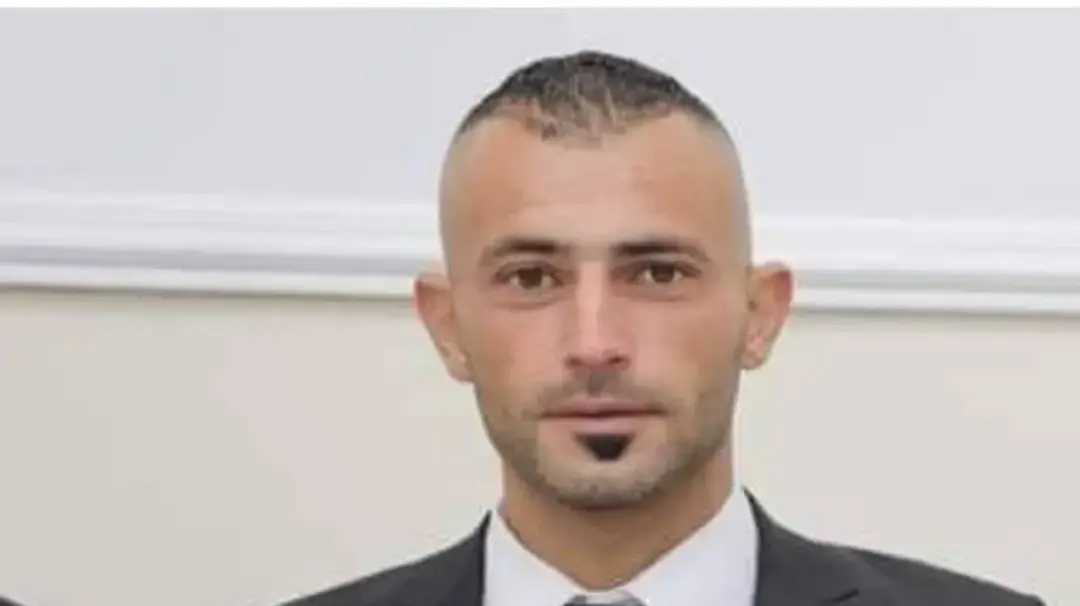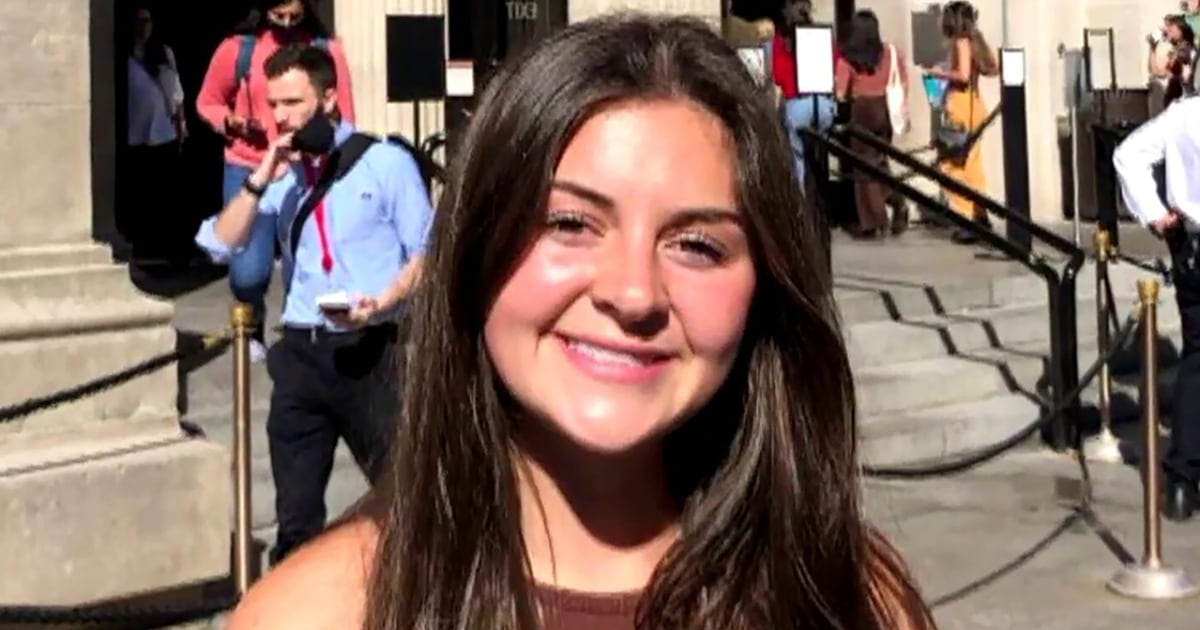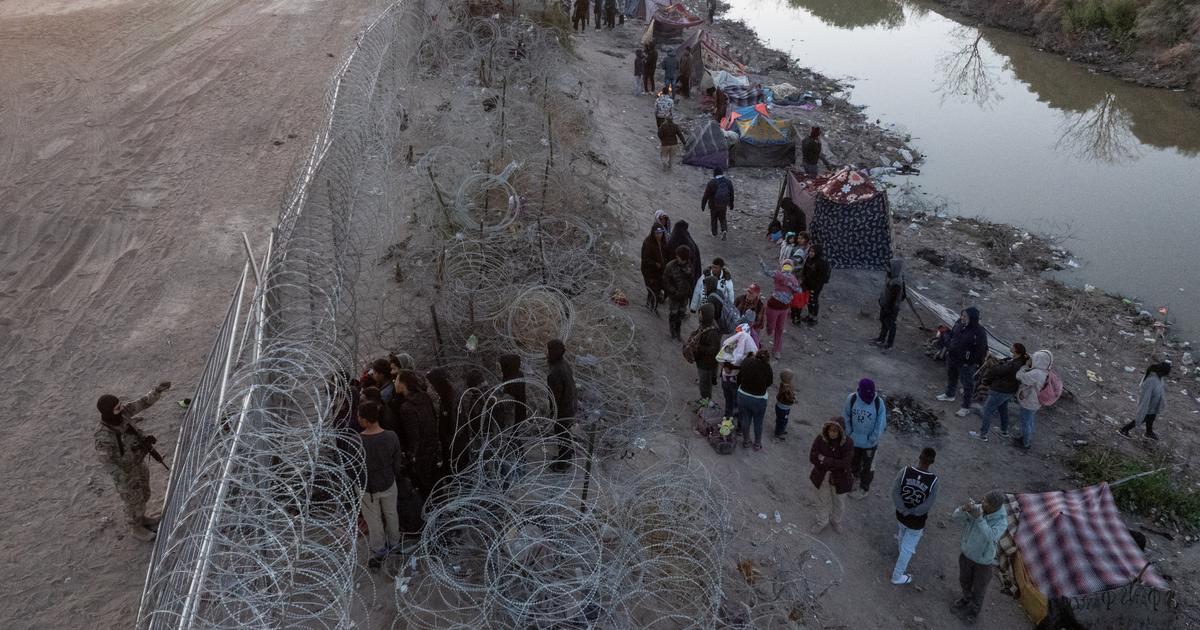A dozen workers dug 21 graves in an open space in the Nador cemetery this Sunday at noon.
The sun was beating down on Sidi Salem, the name of this graveyard located on the outskirts of the border town.
"We only have two holes left to dig," said Farid, the figurative name of one of the workers, with which his identity is protected.
“We start on Saturday and we will finish this afternoon.”
Farid and others of his companions affirm that the funeral is planned for this Monday.
The Moroccan authorities have declared that last Friday 23 Sub-Saharans died trapped at the foot of the Melilla fence.
Several civil organizations raise the death toll, but the workers only expected to finish 23 graves.
The holes formed a couple of rows at the end of a quadrant destined for the burial of all those who die far from their land, in the middle of the migratory process and who end up being from nowhere.
Plainclothes police officers approached the editors of this newspaper to warn them that taking photos in that place is prohibited.
After noon, the Moroccan Association for Human Rights (AMDH) published a photo on social networks taken from the outskirts of the cemetery where it branded as "scandal" the decision that the authorities are preparing to bury "a part of the dead emigrants ” only two days after the bodies arrived at the morgue in a totally opaque way.
"Without investigation, without autopsy, without identification, the authorities seek to hide the disaster," the statement said.
The members of the AMDH ask that the circumstances of the deaths be investigated and whether the tragedy could have been avoided.
Omar Raji, head of the AMDH in Nador, claims to have seen on Friday the images of sub-Saharans huddled together on the ground while they were being identified by the police.
“The problem, under the fence”, explains Raji, “is that the police have marked off a very narrow area to identify the migrants.
And he kept them there for hours, under the sun, without giving them any relief measures.
The AMDH is the civil association with the largest presence in Morocco and the one that has disseminated a large part of the startling videos, where dozens of migrants lie inert and face down, on the ground, many of them handcuffed, with hardly any distinction who is alive and who died.
01:01
Images of immigrants who have tried to jump the Melilla fence in Morocco
Raji claims to have visited the Hassani hospital morgue on Friday, where the bodies of sub-Saharan emigrants are found, and assures that he counted at least 15 dead.
“They were on the ground.
That means the morgue was overwhelmed.
And there were only two people working there.”
The same Friday, the AMDH already warned about the possibility that the dead were dispatched quickly and called for the deceased not to be buried in a hurry and to open a "global, rapid and serious investigation to determine responsibilities and consequences."
Farid, one of the gravediggers, remained oblivious this Sunday to any controversy over a possible concealment of key data about the circumstances of death.
"We are preparing the graves of the Africans, who arrive on Monday," he explained.
The place is forbidden ground for the curious.
Approaching and wandering among the nameless burials, identified only by date, can lead to a clash with the Moroccan authorities, who maintain a tight control over everything that surrounds the violent charge on Friday in Chinatown, a district at the foot of fence.
More than twenty people were arrested after the judicial police took their testimony on Friday night, according to the AMDH.
The organization assured that everyone remained at the Nador police station waiting to testify before the prosecutor this Monday.
Civil guards detain a migrant in Melilla shortly after jumping the border fence that separates Spain and Morocco, on Friday. Javier Bernardo (AP)
A Moroccan riot police officer points a missile at sub-Saharan migrants on the fence that separates Moroccan and Spanish territory in Melilla.
Javier Bernardo (AP)
Sub-Saharan migrants celebrate their arrival in Melilla, after having jumped the fence, on Friday. Adriana Thomasa
A migrant runs across a field shortly after jumping the fence.
Javier Bernardo (AP)
Riot control cordon to prevent the advance of migrants shortly after jumping the fence in Melilla.
Javier Bernardo (AP)
Sub-Saharan migrants run as soon as they jump the Melilla border fence.
Javier Bernardo (AP)
Sub-Saharan migrants celebrate their arrival in Melilla, after having jumped the fence, on Friday. Adriana Thomasa
A sub-Saharan migrant, injured after jumping the Melilla fence, on Friday. Adriana Thomasa
A group of sub-Saharan migrants arrive at the Temporary Immigrant Stay Center (CETI) in Melilla, after having jumped the fence, on Friday. Adriana Thomasa
An injured migrant is helped after the jump, this Friday.
anthony ruiz
Migrants run through the streets of Melilla after jumping the fence, on Friday. Adriana Thomasa
The entry occurred around 8:30 a.m. and after the Moroccan authorities had activated a strong deployment in the Chinatown area, a village attached to the fence where the houses are separated from the fence by just one road. Antonio Ruiz
A group of sub-Saharan migrants arrive at the Temporary Immigrant Stay Center (CETI) in Melilla. Adriana Thomasa
Friday's event has already become the attempt to cross the deadliest fence in history.
The group of between 1,500 and 2,000 sub-Saharan Africans burst into Chinatown with sticks and backpacks full of stones, according to witnesses told EL PAÍS.
Police, gendarmes and agents of the auxiliary forces received them with smoke grenades, rubber balls and stones in a pincer maneuver that left them cornered at the fence.
In Melilla, residents of the Temporary Center for Immigrants (CETI) have prepared a protest rally this Monday at the gates of the reception facility.
Many of the migrants and asylum seekers at the center are friends and compatriots of those killed, wounded and detained in Morocco, fellow sufferers during the months in hiding in the Maghreb country, during the weeks in prison in other places such as Libya or in the journeys of days and weeks crossing borders in the middle of the desert.
"We want to denounce the violence used by the Moroccan forces against migrants," says Hussein, a Sudanese who arrived in Melilla in March, during the biggest jump the city has experienced and in which the crudeness of the repression exerted was also revealed. by the Spanish security forces.
The graves that were dug this Sunday in the Nador cemetery for the migrants who died on Friday in the jump to the Melilla fence
The 133 people who did manage to reach the center of Melilla are quarantined due to covid in the CETI facilities.
A total of 13 lawyers from the shift specialized in Immigration of the Melilla Bar Association have dealt with them.
The coordinator of the shift, Francisca Gómez, explains that "the vast majority" of the emigrants have requested asylum.
So far, more than 80 sub-Saharans have been assisted by the lawyers on duty, in addition to members of entities such as the Jesuit Migrant Service and CEAR (Refugee Aid Commission).















